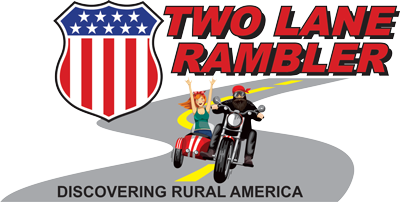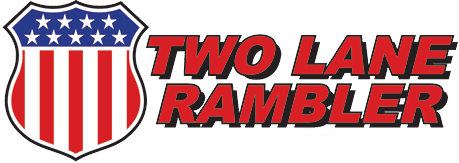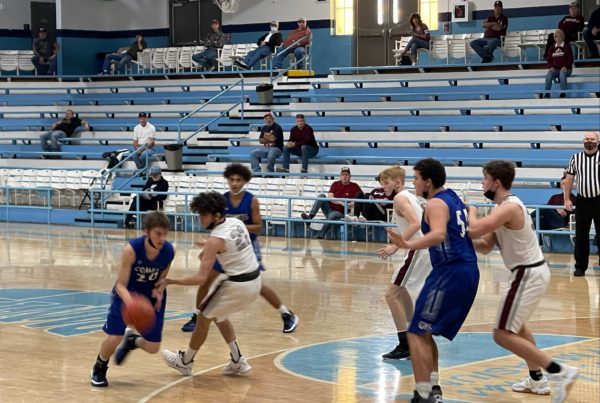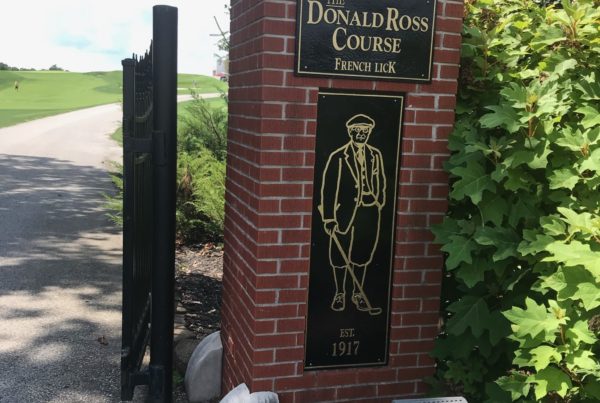This is the third part of a three-part series about sports in the French Lick and West Baden, Indiana area that appeared in a Fall 2019 edition of “The Greenville Advocate”.
Major League Baseball finds The Valley
From 1897 through 1922, West Baden was used for spring training by major league teams and only Hot Springs, Ark. was more popular. Teams did not go to Arizona or Florida in those days.
Twelve major league teams passed through the Valley at a time when there were only 16 major league teams.
The mineral waters of the two Hotels was considered quite therapeutic, when, in reality, it was loaded with lithium and was mostly effective as a laxative. Welcome to spring training!
The Chicago Cubs made stops in the Valley from 1906-1911, including their two World Series appearing teams of 1907-08. (www.WDRB.com)
Teams used the West Baden Springs Hotel Ball Park that was enclosed within the velodrome. It is believed that the St. Louis Cardinals in 1911 were the only team to use the ball field in West Baden for their full-time official spring training for one season, while most teams had a spring training tour with West Baden being one of the stops along the way.
In addition to the pro teams, several minor league and Negro League teams also frequented the facility. Both Valley hotels fielded quite good teams of their own and often played and competed well with teams coming through the area.
MLB returns for Spring Training during WWII

By WWII, MLB teams had already begun to find spring training homes in warmer climates, mainly in Florida and Arizona, but with a smattering of other locations, like Texas, California, and Cuba.
Happy Chandler, the commissioner of the MLB, declared that because of WWII, all major league teams should hold spring training north of the Mason-Dixon line and east of the Mississippi River for 1943 to reduce travel.
Both the Chicago White Sox and Chicago Cubs returned to the French Lick Hotel for 1943-44. The Hotel also had a ball diamond on their grounds but nothing like the West Baden velodrome park of the early part of the century.
In 1945, the Cubs stayed at French Lick again, while the Sox moved to Terre Haute and the Pittsburg Pirates trained in Muncie, IN. Both Chicago teams resumed training in California after the war. The Boston Red Sox and the New York Yankees heeded he edict and trained at Atlantic City, NJ during the war years.
Cubs on Wrigley-owned Catalina Island for 25 years
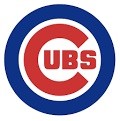
Remember that there was no major league baseball on the west coast until about 1960, so having team there for spring training was quite a treat for the “left” coasters.
Pittsburg and the St.Louis Browns both had stints in San Bernardino, CA and the Pirates, also spent one year in Hollywood. The Chicago White Sox and the LA Angels trained in Palm Springs, CA.
But the best story of all, is the Cubs training at Avalon, CA from 1921-41 and then again after the war from 1945-51 before discovering Mesa, AZ.
Avalon is on the island of Santa Catalina (“the island of romance” according to the Four Preps in their 1958 hit record, “26 Miles”) which is “26 miles across the sea” from the Southern California coast just below Los Angeles.
Talk about being the team with the most money, chewing gum magnate William Wrigley Jr bought most of the Island in 1919 and built a ballpark there. He named it Wrigley Field, after the mother ship in Chicago. It had the exact dimensions as the more famous home park in Illinois.
The clubhouse, which Wrigley also built, is now the club house for the Catalina Island Country Club.
During the war years, when the Cubs were back at French Lick, Santa Catalina became an outlook post and training facility for the military.
Oh BTW, one of the Cubs announcers during some of those early years was an Illinois lad named, Ronald “Dutch” Reagan, who some say, went on to bigger things.
All-American Girl Professionals bring “League of their Own” to the Valley

Not to be forgotten, I thought it might be good to check on women’s baseball in the Valley only to find that, yes indeed, the All-American Girls Professional Baseball League brought to national attention by the 1992 movie, “League of Their Own”, had two teams hold spring training there in 1950.
That year, the Kenosha Comets and Grand Rapids Chicks both held their pre-season training in the Valley. From April 24 to May 3, it was all drills before the two teams launched on a 12-game barnstorming tour that traveled throughout Indiana, Kentucky, Tennessee and Michigan.
The AAGPBL existed from 1943-54 and was the brainstorm of another Wrigley, this time it was PK. It eventually grew to 10 teams in the Midwest and in 1948, attendance peaked at over 900,000 spectators.
(Editor’s note: To the female reader who requested more stories about women in my column, there’s the humble start.)
Negro League forerunners played for the two resort hotels

By the summer of 1912 both Valley Hotels were sponsoring their own baseball teams: the West Baden Sprudels and the French Lick Plutos. Both nicknames having to do with their respective mineral water product names.
The teams were primarily made up of local staff (black porters and waiters) and both were early Independent Negro League Baseball Clubs. Both teams played for a few years and after disbanding, many of the players went on to play in the Negro National League, which was formed in 1920 and lasted until 1931 before spawning other leagues for black and Hispanic ball players. MLB started accepting black players, like Jackie Robinson, in 1947 and the negro leagues died a slow death over the next decade.
Double-decker covered velodrome built by West Baden Springs Resort – West Baden, IN
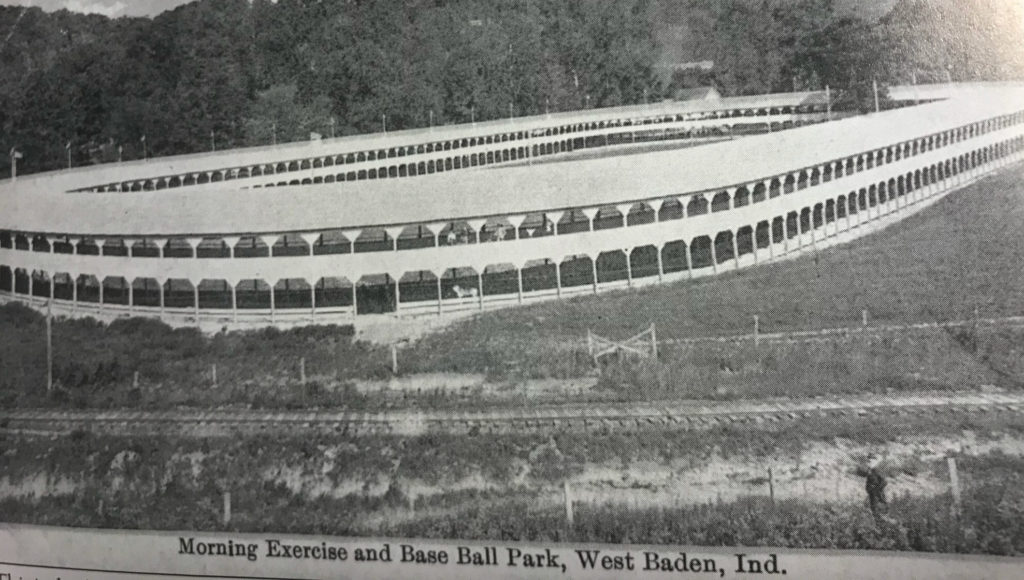
There are 27 or so velodromes currently in existence in the US, including the Penrose Park Velodrome just off Kingshighway in North St. Louis and the only grass velodrome in Lawrence, KS, but that’s another story. In the heyday of bicycling, there were many times that number.
Remember, that prior to Henry Ford and his motor company starting production in 1903 and not really getting affordable for the masses until the Model T hit the market in the 1920’s, did the bicycle and horse and just plain old walking go out of fashion.
Velodrome for horses, bicycles, and walkers with baseball field in the center – West Baden, IN
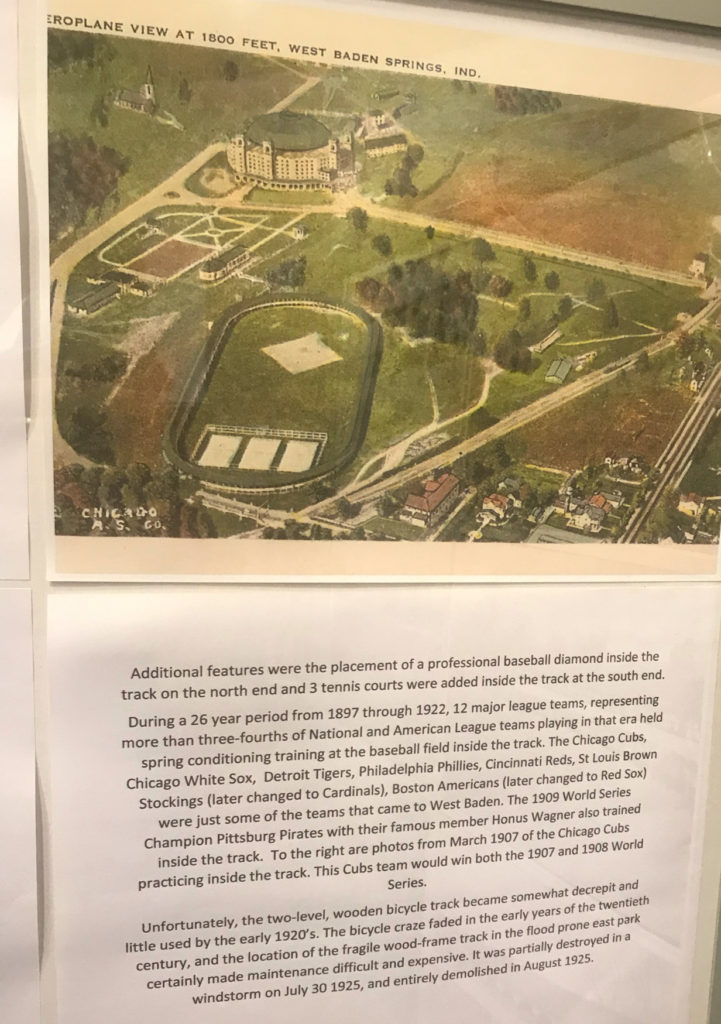
Although today’s versions are mostly short very steeply banked fast tracks using bikes with no brakes, which seems odd to me, in 1896 the owner of the West Baden Springs Hotel built a slightly banked-track, dual-purpose velodrome that was 1/3 of a mile. Big enough to house a full-sized baseball field and three tennis courts.
Not only was it large, but it was a double-decker roofed, wooden structure that housed horses and ponies and had a clay track on the bottom and a wooden track for bicycles on the top floor. At 4:00 p.m. each day, the tracks were cleared of horses and bikes and resort visitors could use the tracks for walking or just sitting in rocking chairs and visiting. (I would not have walked on the horse level.)
Not only was the structure lit up with new-fangled electric lights, but so was the full-sized baseball diamond that was in the center of the facility: the West Baden Springs Ball Park.
By the 1920’s, bicycles were being replaced by cars and the wooden structure fell into disrepair. On Saturday, July 25, 1925, a heavy windstorm blew down much of the track and it was decided to tear it down and today it is only a memory.
And that my friends is some of the amazing sports history from the Springs Valley of southern Indiana.
Fini!
P.S. Did you know that long-time heavyweight boxing champ Joe Louis trained in the Valley in preparation for his championship bouts? That’s a story for you to research: my work here is done.
Be sure to check out the other two blogs in this series – “French Lick & West Baden, Indiana: Part One – Historic Resorts and Larry Bird“ and “French Lick & West Baden, Indiana: Part Two – Professional Golf and a Circus Home“.
